This post has been sponsored by Absinthe Absente. All opinions expressed are my own. The following message is intended for those 21+.
Today, we’re sampling three bottles of Absinthe from Absente, which lays claim to being the first legal absinthe recipe in the US, having come to the American market in 1912. We’ll be taking a look at the Absinthe Ordinaire, Absente Grande 138, and Absente 110.
In addition to reviewing these spirits’ taste and bouquet, we’ll also be covering a little of the “Green Fairy’s” backstory while providing a crash course on some of absinthe’s most popular myths and misconceptions. Finally, we’ll cover some of my favorite absinthe cocktails.
With the introductions out of the way, let’s take a dive into Oscar Wilde’s favorite spirit.
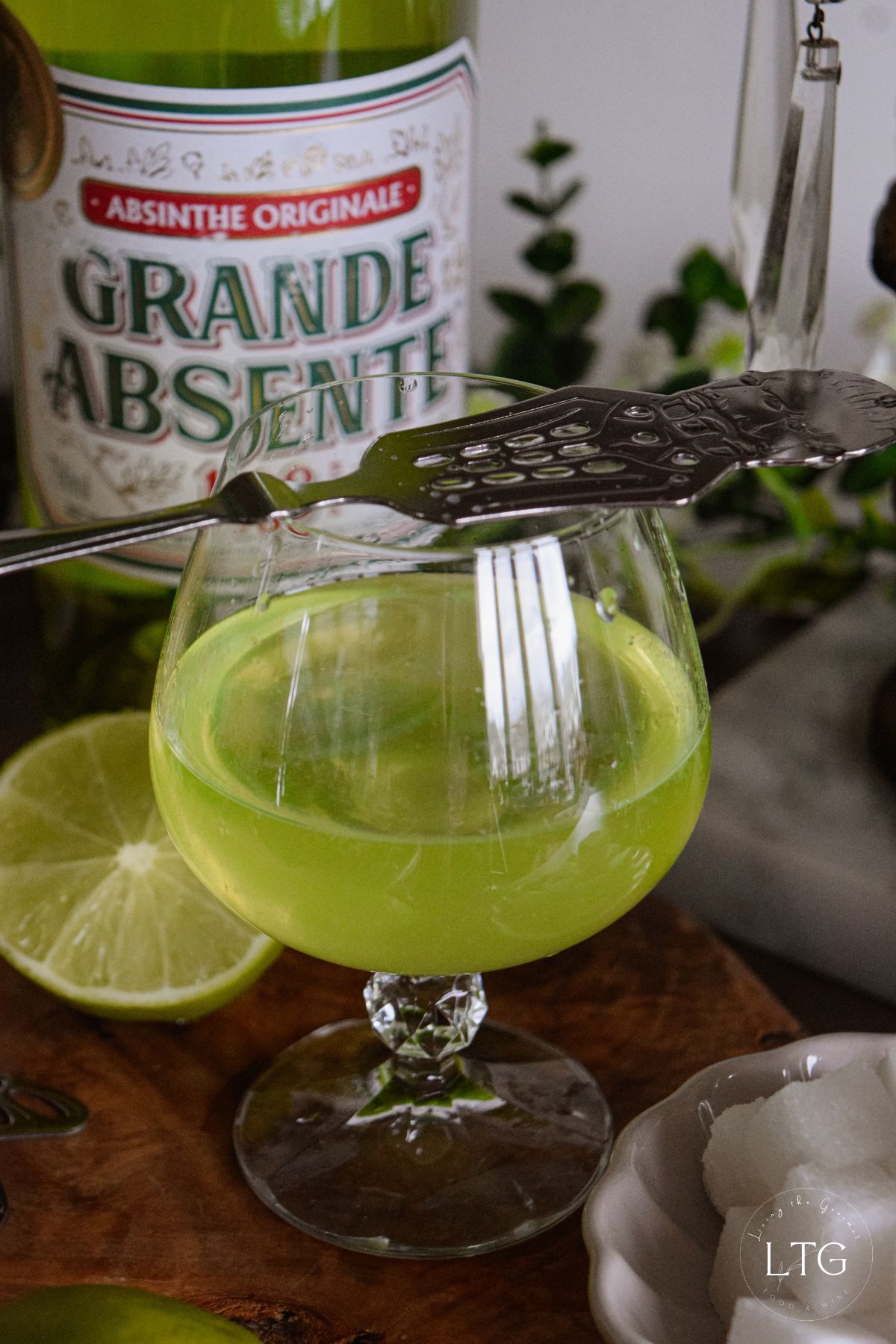
Absinthe – From War Hero to Outlaw to Cult Icon
It Started with Anise
At its core, absinthe is but one of the Mediterranean’s many anise-based liqueurs.
Originally developed in Switzerland, absinthe found very few eager imbibers in its home nation – where anise liqueurs are more a novelty than a drink of choice. Instead, absinthe came to be popularized in France, especially in Southern France. In particular, the Green Fairy found favor along France’s Mediterranean coast, an area that has, historically, indulged a positively unquenchable thirst for anise-flavored beverages.
Pastis, sambuca, ouzo, raki, cristal, anisette, and arak are just a (very) small sampling of the Mediterranean’s many, many incarnations of anise-flavored alcoholic liqueurs. Viewed in this light, absinthe’s combination of anise, wormwood, and ethanol is, truthfully, no more or less ‘peculiar’ than, say, sambuca’s combination of anise, elderflower, and ethanol.
So, why the mystique surrounding absinthe as opposed to something like arak? Why has absinthe featured so prominently in horror and paranormal romance novels as the preferred drink of wizards, warlocks, and ‘the esoteric types?’ Why the cameos in lyrics and music videos ranging from Cradle of Filth’s “Absinthe With Faust,” where it was Faust’s drink of choice, to Nine Inch Nails’ shock-rock era hit “The Perfect Drug?”
Somehow, featuring pastis in any of the above just wouldn’t have the same impact. Picture Faust raising a glass of cristal or Nine Inch Nails riffing about how ouzo is “The Perfect Drug.” Maybe it’s just me, but that just wouldn’t hit the same.
And this mystique is something virtually all absinthe makers and marketers freely embrace.
But where did this reputation come from?
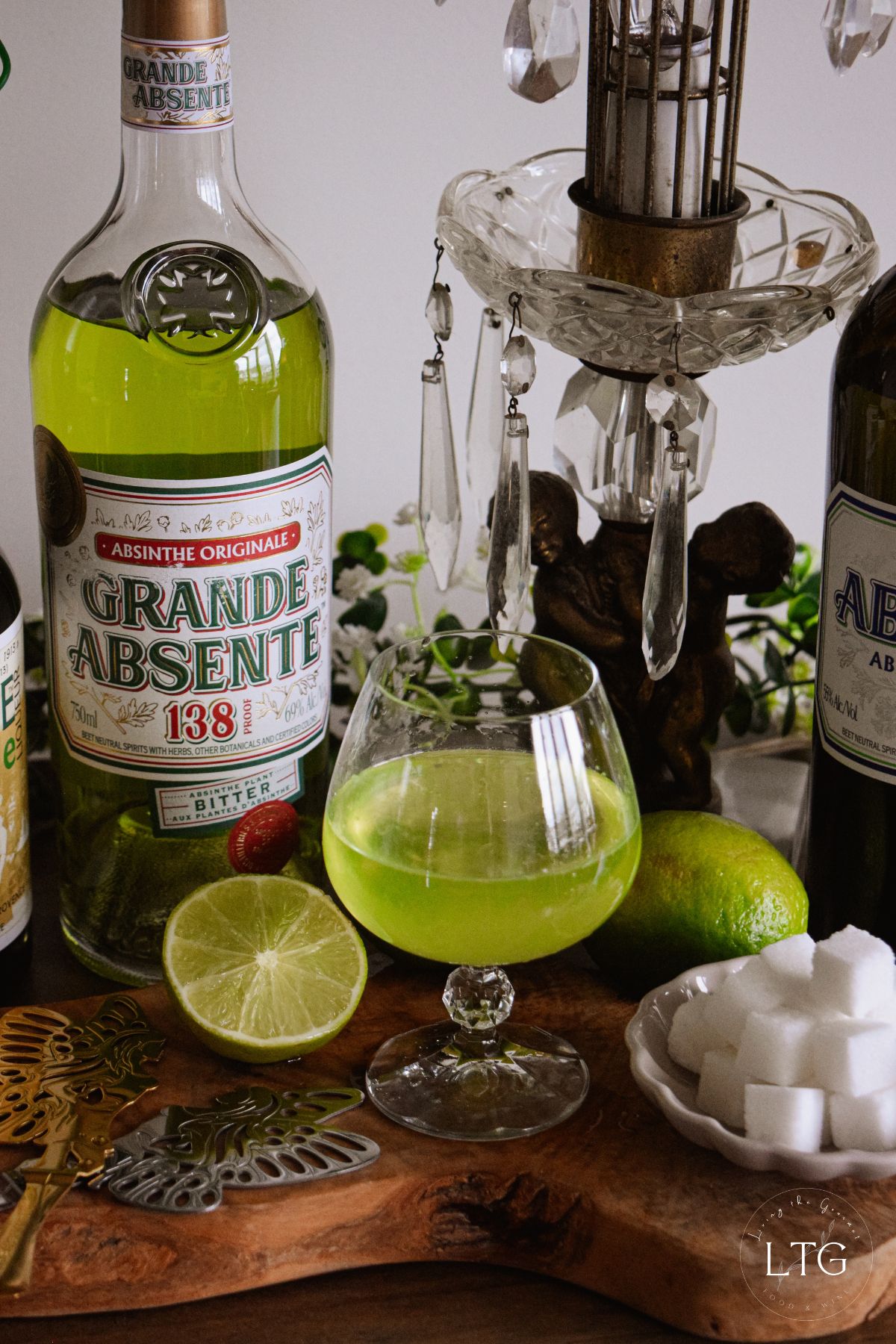
A Lethal Disease
Absinthe’s history begins with a lethal disease, a disease typified by fevered convulsions and hallucinations, a disease so terrible and agonizing that it would see its patients all but literally ‘waste away’ before they died, often having lost their minds in the process.
That disease was malaria, and absinthe found enormous popularity in the 1840s as a malarial tonic among the French military, which, at the time, was suffering more deaths due to malaria than to enemy fire.
And that’s saying something, given the conflicts the French were involved in during the first half of the 19th century. As such, the mere word ‘absinthe’ was at one time a macabre utterance, conjuring images of fevers, hallucinations, seizures, and death. Basically, ‘ick’ by association.
However, an odd thing happened with ‘absinthe as medicine.’
The French soldiers – and there were a lot of them – began to prefer their malarial tonic (absinthe) over any other spirit. Indeed, rather than leave behind their malarial remedy upon being discharged, literal ‘legions’ of former French soldiers, upon returning to civilian life, continued consuming absinthe, creating a demand for the stuff in the civilian market. Given the ‘hero status’ of these former soldiers, and the sheer number of them, the taste for absinthe spread throughout the French public like…well, like the viral disease it was once intended to treat.
By the 1860s, the drink was so popular among the patrons of bistros, cafes, cabarets, and various saloon-type bars – the establishments that typified the lives of the French middle and lower classes – that 5 PM was dubbed the ‘Green Hour.’ The hour when people would start saturating themselves with vials of this green beverage.
This also meant that absinthe had become a ‘drink of the masses,’ as well as the spirit of choice for bohemians and artists. Such names as Oscar Wilde, Mark Twain, Hemingway, and even Frank Sinatra were known to indulge the stuff, particularly at the New Orleans Absinthe Room. Alister Crowley also had a taste for the Green Fairy, giving the drink its first push along the road to (literal) cult status.
And this success is where the first of absinthe’s problems began to emerge.

To say that early 19th century French soldiers had a penchant for the overconsumption of alcohol would be putting it quite mildly. Bear in mind that early 19th century France was a society notorious for its alcoholism and that recently retired soldiers were among the least sober rung of that society. For reference, the average adult male Parisian was drinking around 300 liters(!!!!) of wine per year by the time Napoleon had crowned himself emperor in 1804, with Parisian females drinking only about 15% less than their male counterparts. And that’s just wine we’re talking about.
By the 1870s, the French attitude toward public intoxication (though not necessarily intoxication itself) had soured dramatically. Naturally, the population’s rowdiest members became the target of the day, as did their drink of choice. Absinthe.
This shift in public opinion towards absinthe was bulwarked by an 1864 study by French psychiatrist Valentin Magnan. In his study, Valentin exposed a guinea pig to large quantities of wormwood vapor (wormwood being a key ingredient in absinthe) and another to ethanol vapor. The first guinea pig suffered convulsions, which Mangan blamed on a chemical called ‘thujone,’ which is a naturally occurring component in wormwood. While both the findings and methodology of this study would be challenged repeatedly over the next two centuries (yes, centuries), the findings stuck, and absinthe was branded a hallucinogen.
For reference, the amount of thujone permissible in absinthe in the EU is 35mg per liter, though most brands of absinthe clock in well under this amount (due to flavor considerations). However, thujone does not become active in a human’s system until a dose of about 18mg has been achieved. In other words, a person would need to drink roughly half a liter of 50% abv absinthe to achieve a biologically active dosage of thujone, which would likely see that person die from alcohol poisoning before experiencing their first thujone-induced episode.
Regardless, the damage was done, and by 1915, absinthe was banned in France, Brazil, the USA, the Netherlands, Belgium, and Switzerland, among a number of other nations. Absinthe wouldn’t be commercially produced in France again until the year 2000. Bans would be lifted across Europe piecemeal, with the last of the ‘enforced’ bans being lifted in 2005.
Curiously, France’s ban wasn’t officially lifted until 2015.
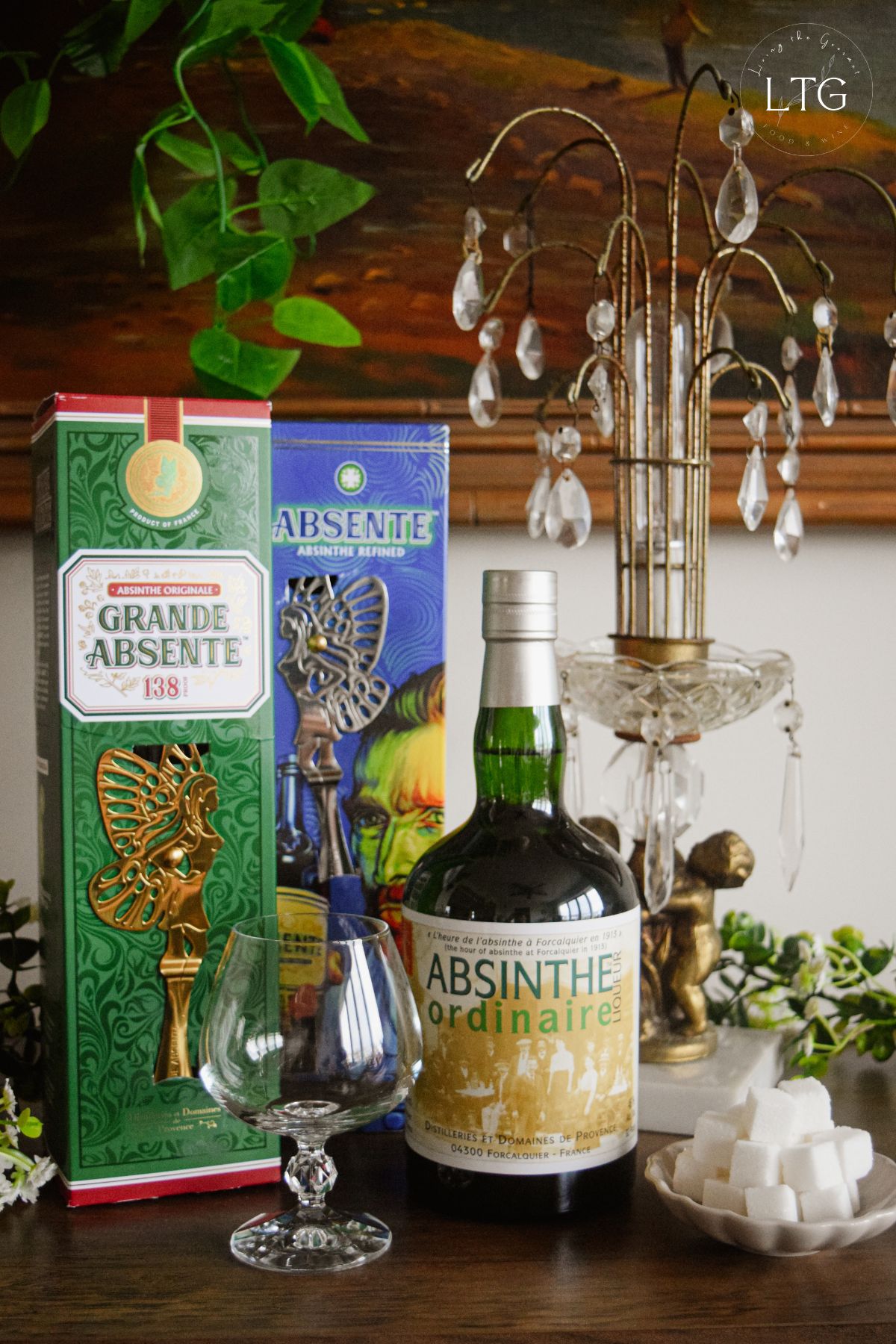
Tasting and Aromatics – The Review
The Absinthe Ordinaire: Introduces itself with a clear, bright green hue. Off the top of the glass, the absinthe opens with rich anise notes framed in a lush sweetness, creating a bright licorice bouquet. On second whiff, deeper into the glass, notes of mint and fresh herbs take shape, laced in syrupy wormwood. Unpretentious, very enjoyable, very inviting. On the palate, the anise is front and center, with a dash of mint and pleasant sweetness. The wormwood makes itself known almost immediately, punctuating the palate throughout. The finish is lasting and dominated by the wormwood. Very pleasant from start to finish
The Grande Absente 138: Introduces itself with a medium, golden-green hue. Off the top of the glass, the absinthe greets with an herbal, warming bouquet of anise and cardamon, with just a hint of allspice and star anise manifesting on the second whiff. On the palate, the Absente Grande is – as its bouquet indicated – quite dry and just a touch spicy. Anise is at the forefront, buttressed by what I’ll describe as citrus oil or dried orange, with wormwood notes weaving their way throughout, without being overpowering. A very worthwhile absinthe for any collection.
The Absente 110: Introduces itself with a pale green hue. The aromatics are initially quite herbal but rapidly give way to the rich anise bouquet that characterizes absinthe, punctuated by lush sweetness. On the palate, this absinthe is immediately sweet and fennel-forward, with the herbs from the bouquet coming across as something ‘vegetal’ as opposed to herbal. Black licorice is prominent throughout, characteristic of absinthe. The finish is short but leaves the mouth coated in licorice sweetness.
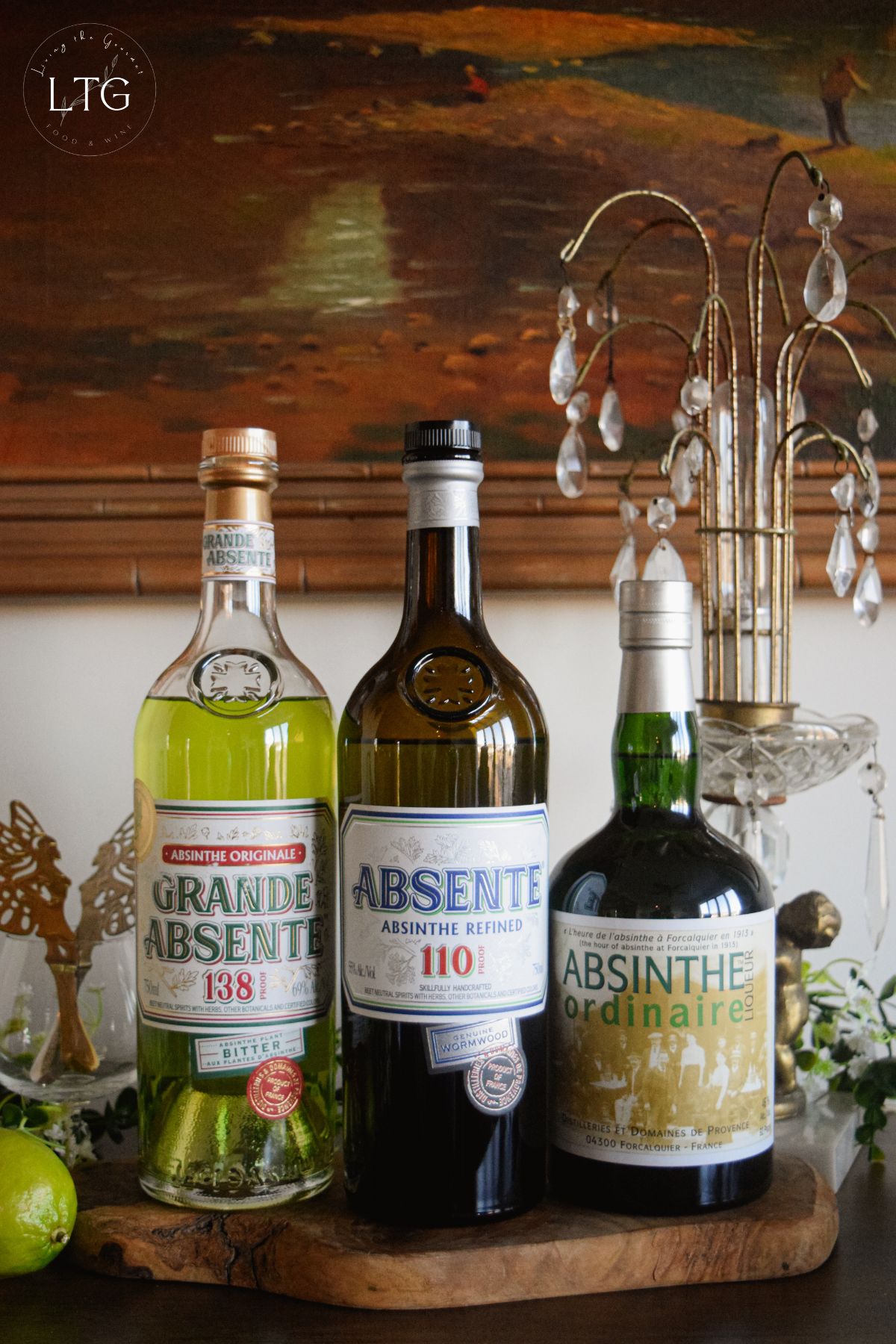
My Favorite Absinthe Cocktails
Here are my favorite ways to enjoy absinthe:
- The Ritual - Quality absinthe really should be enjoyed on its own, perhaps poured over a sugar cube and then stirred with water. This is the well-known ‘ritual way’ to drink absinthe.
- The Green Beast - This is one absinthe that puts the Green Fairy front and center. Begin by combining three slices of seedless cucumber in a glass with an ounce of simple syrup, then add in 2 ounces of absinthe, an ounce of fresh lime juice, and ice. Top with four ounces of chilled water, garnish with additional cucumber, and you’re done. Green on green on green.
- The Sun Also Rises - Yes, the name of this cocktail is an homage to Ernest Hemmingway and his novel of the same title. Combine two ounces of rum, a half ounce of Luxardo maraschino liqueur, one teaspoon of absinthe, three-quarters of an ounce of fresh lime juice, and a half ounce of fresh grapefruit juice in a shaker with ice. Shake until chilled and then strain into a glass with crushed ice.
- Corpse Reviver No. 2 - Popular since the 1870s, this is one of the premier classic absinthe cocktails. Rinse the inside of a chilled glass with absinthe and set the glass aside. Combine three-quarters of an ounce of dry gin, three-quarters of an ounce of Lillet blanc, three-quarters of an ounce of orange liqueur, and three-quarters of an ounce of fresh lemon juice in a shaker with ice. Shake until chilled and strain into the rinsed glass.
- Necromancer - A modern, New York-take on the classic Corpse Reviver No. 2. This cocktail combines three quarters of an ounce absinthe, three quarters of an ounce of elderflower liqueur, three quarters of an ounce of Lillet blanc, a dash of dry gin, and three quarters of an ounce of fresh lemon juice in a shaker with ice. Shake until well chilled, strain into a glass, and garnish with a twist of lemon.
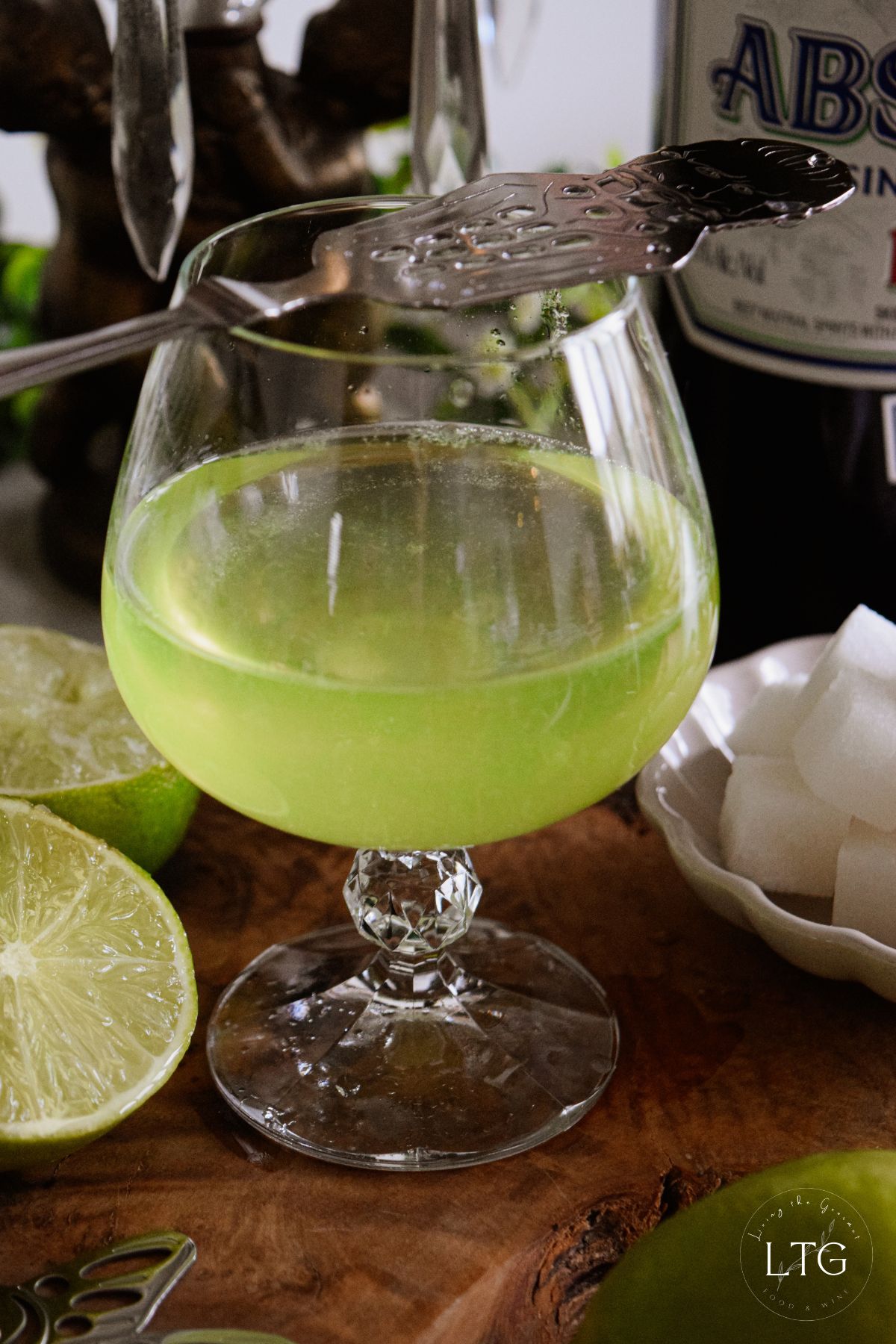
Absinthe Lime Cocktail Recipe Video
Print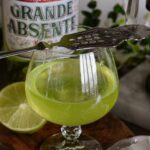
Absinthe Lime Cocktail
- Total Time: 5 minutes
- Yield: 1 cocktail 1x
Ingredients
- 3 ounces Grande Absente
- 2 ounces distilled water, chilled
- 2 sugar cubes
- 2 teaspoons fresh lime juice
Instructions
- In your desired glass, pour absinthe.
- Place the absinthe spoon atop the glass and set a sugar cube on it.
- Slowly pour the chilled water over the cube until it dissolves into the absinthe. If desired, you can add another sugar cube depending on how sweet you want the cocktail to be.
- Finally, add a squeeze of lime juice. Stir and enjoy!
- Prep Time: 5 minutes
- Category: Cocktails
And that’s our review. If you enjoyed this post, or sampled any of these bottles, be sure to let us know in the comments below, we always love hearing from you.
Cheers!
0
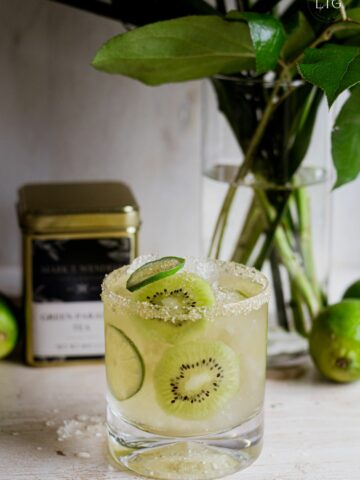
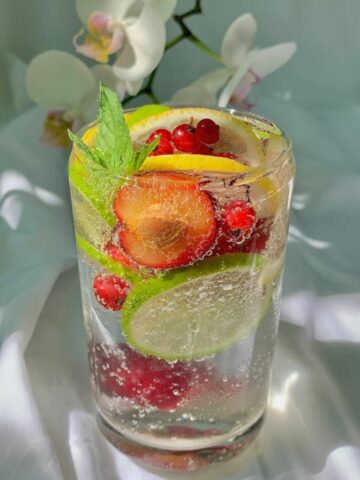
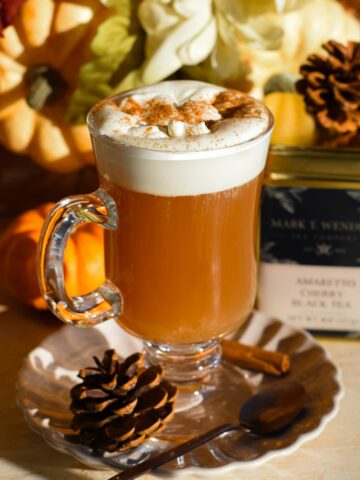
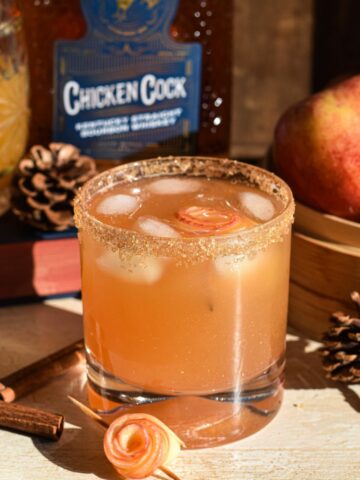
Leave a Comment